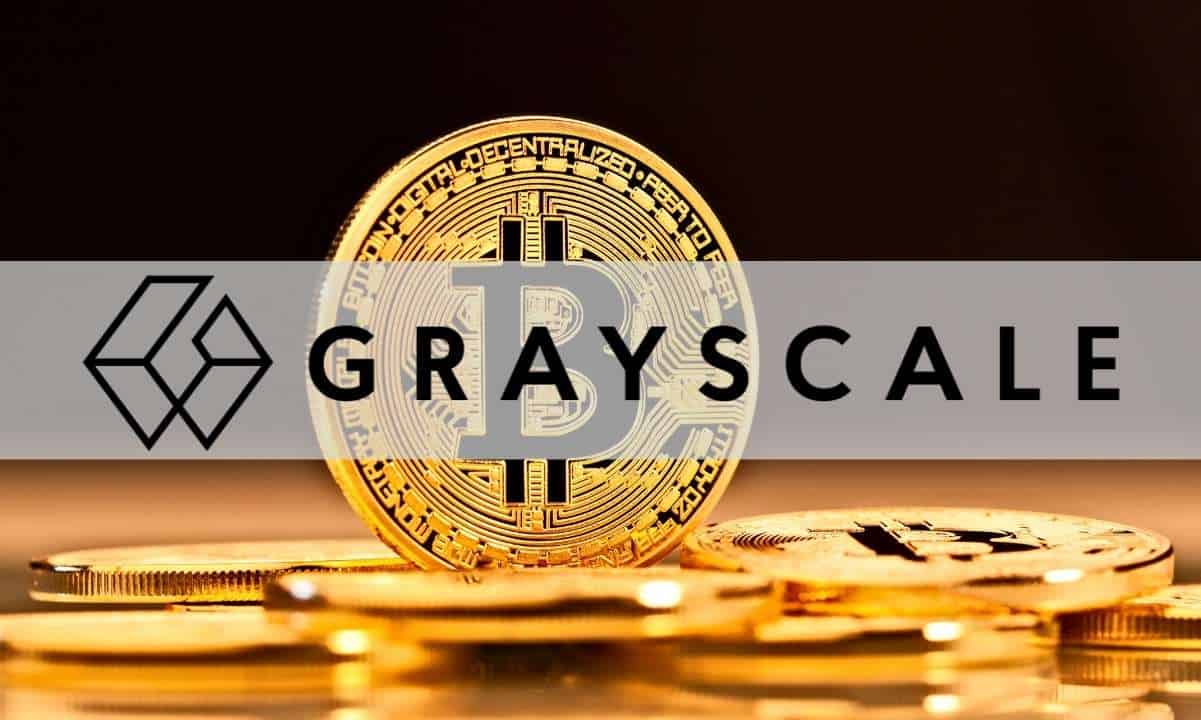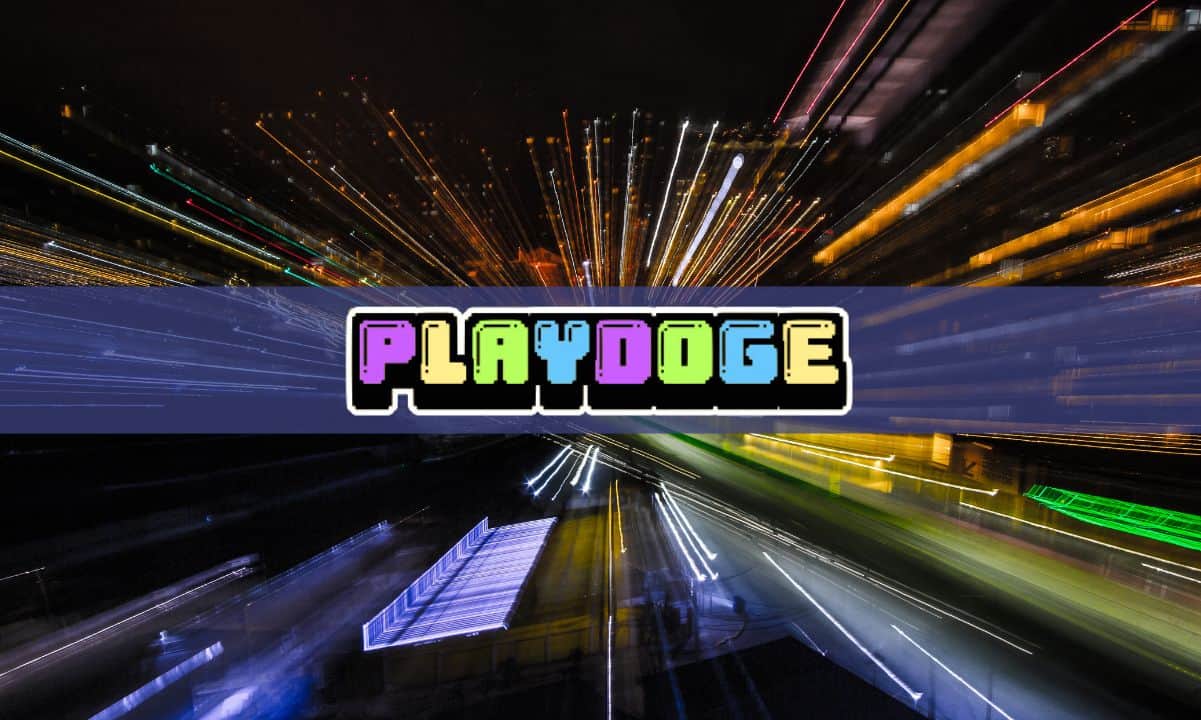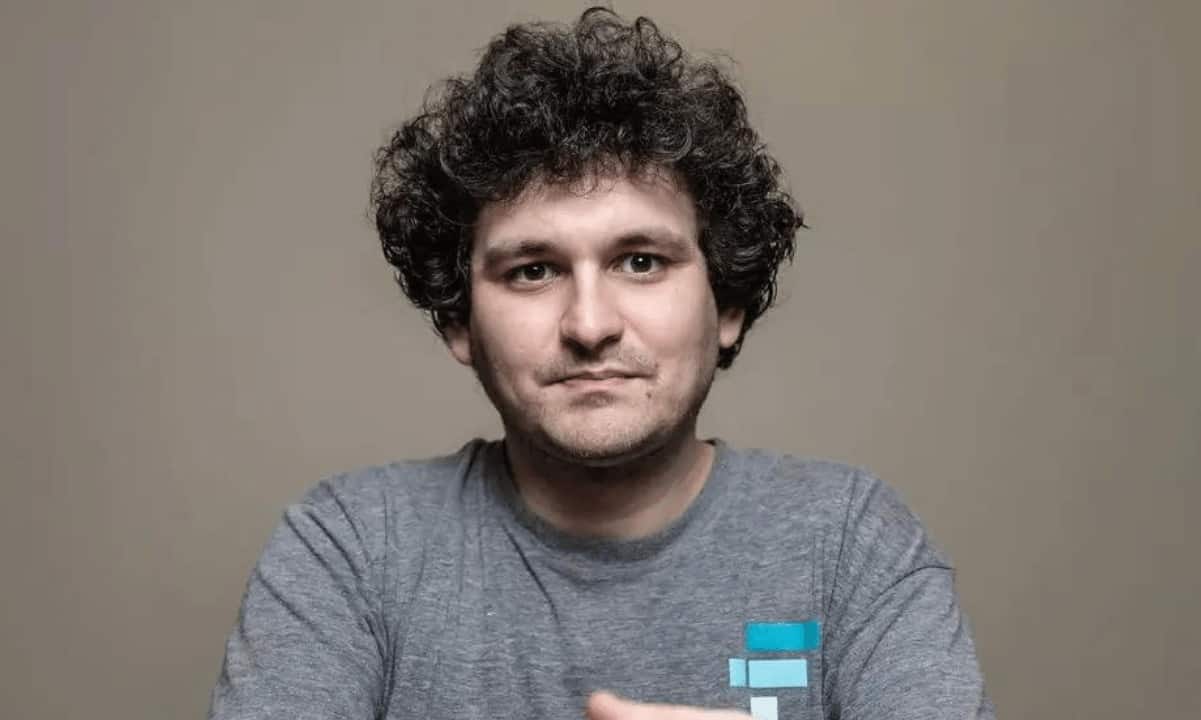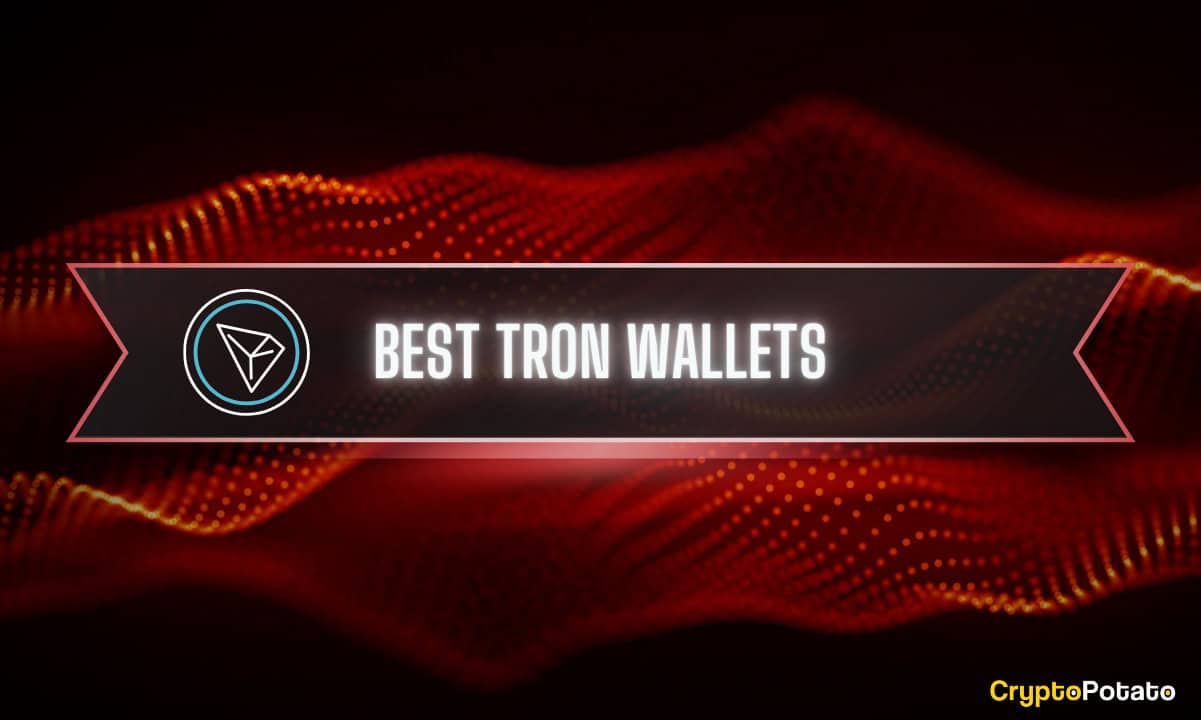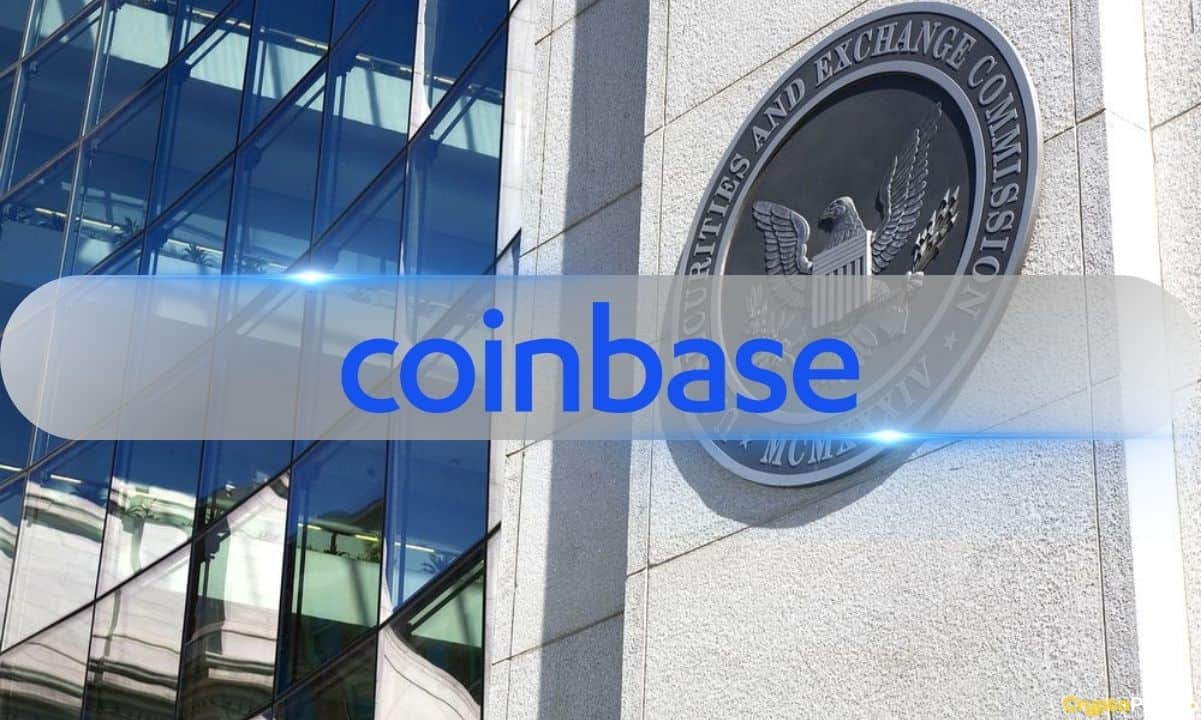Exclusive: Tezos co-Founder Opines on Tokenized Securities, Future of Crypto, and Why He’s Not a Fan of ICOs
Tezos’s ICO raised a record-setting $232 million in 2017. It is an open-source project and among the best-known blockchains.
Tezos describes itself as “a blockchain that can evolve, unlike Bitcoin and Ethereum, thanks to a breakthrough governance innovation.” Only time will tell if this is the case, as the protocol has received so far just one upgrade since launching its mainnet.
We recently had the chance to speak with Tezos co-Founder and CTO Arthur Breitman. Tokenized securities, the future of Tezos and crypto, and what Arthur thinks about ICOs (spoiler: he doesn’t like them) are just a few of the topics covered in Breitman’s exclusive conversation with CryptoPotato.
Tezos’s Point of View
Asked to describe Tezos in simple terms, Breitman alludes to two of the most famous cryptocurrencies, Bitcoin and Ethereum. “Bitcoin was the very first cryptocurrency or digital money, coming out ten years ago, and Ethereum showed that not only could you have a currency, but you could make it a little programmable: Instead of just deciding, I pay you and you pay me, you could make conditional payments: I pay you if this condition happens, and so on. We want to innovate and have different changes, and so what we’ll do is that once in a while we’ll all get together, and then we’ll all change our computer code at the same time.”

Breitman compares Ethereum’s protocol changes to Dagen H, which was the day that traffic in Sweden switched sides of the road back in 1967. “They were driving on the left side of the road, and they all decided to start driving on the right side of the road. And so, one day at midnight, everyone switched over, and it was well-planned, very well-coordinated, but that’s the thing. Doing this takes a whole lot of coordination, and two things can happen. Either no one can create this coordination, in which case it is not going to happen; or there’s someone who can create that coordination, in which case you have a centralized system.”
On Tezos’s evolution, Breitman states, “Tezos takes a point of view which is a little different. We are also much more programmable than Bitcoin. One of its most salient aspects is that the protocol can evolve. So, one important question when you design this centralized protocol is you have to follow a set of rules in order to make this currency work, and some of these rules you don’t really want to change over time, because people are not going to trust the system if the rules are changing annually, but some you might want to change because they don’t really mean anything to the systems; they really have to do with how well it works. An example of the above could be the block size [which led to the Bitcoin Cash fork]. The problem is how do you have a system which can upgrade itself without the need for this external coordination, and that’s what Tezos tries to do.”
How does a Tezos protocol change work? According to Breitman, there are four phases. “The first phase is there are several protocols. You can choose one out of several. The second phase is voting to test it. The third phase is a cool down. It’s like, ‘Let’s take a month to review everything, make sure there’s no problem.’ And then after this cool-down period, you have a final confirmation vote.”
Tezos’s only protocol change so far was Athens. This change wasn’t significant, though it reduced the minimum amount required for baking (holding) from 10,000 XTZ to 8,000. However, it served as proof that Tezos’s governance model worked.
Fun fact: Tezos is naming its protocol upgrades in alphabetical order, so the first was Athens (“A”), and the second upgrade is called Babylon (“B”).
Too Good to be True?
If the above makes you nervous, you’re not the only one. If you give Tezos’s bakers the right to change the protocol, they could theoretically end up compromising the Tezos blockchain. “Well, I think it’s hard because I think you’re going to have a hard time convincing bakers to vote for a harmful proposal,” Breitman explains. “It’s going to be hard to convince bakers to vote for a harmful proposal because they are bonded themselves. Second, the threshold is 80% [of bakers, which currently comprise 10-12% of the network], so this is not a simple majority or 51%.

“Bakers own their bond, but they also own the relationship with their delegates. And so it’s not enough to have a bond. Even if I had 10% of the network, for example, you still also need to attract delegation, which is not easy. So, attracting delegation is in itself civil resistance, and you have the benefit of having the economic influence of just owning a bond.”
Breitman maintains that there would be no point in harming the network: “If it’s an awful proposal, people will end up forking. So, you’ve basically convinced a lot of people to do something evil, and then they’re forked out, and then they lose their bond and they’ve not harmed the network.”
Tokenized Securities
Many see the future of cryptocurrencies in the tokenization of assets or tokenized securities. Tezos is one of the leaders in this area, with two recent interesting partnerships to note. The first involved Brazil’s fifth-largest bank, BTG Pactual, which plans to issue $1 billion worth of security tokens (STOs) on the Tezos blockchain. The second partnership was with Elevated Returns, which aims to tokenize $1 billion worth of real estate.
Despite the excitement, the two projects haven’t launched yet. “The only token on Tezos that is working right now is XTZ or Tezos token [as of writing this, XTZ is trading for $1.05].” The state of regulation is also of note: “I’m sure that’s a big topic for them because especially if you want to have access to global markets, you need to contend with the regulations of all the different countries in which you’re going to be available.”
Nevertheless, Breitman believes the future lies in STOs: “At the end of the day, even if I have the token, I still have to trust that the issuer is going to honor the fact that the token represents the issue or the underlying ecosystem. He’s going to honor the fact that the token represents a claim on his business, whereas a cryptocurrency is not a claim on anyone’s business, and that’s a big difference.”
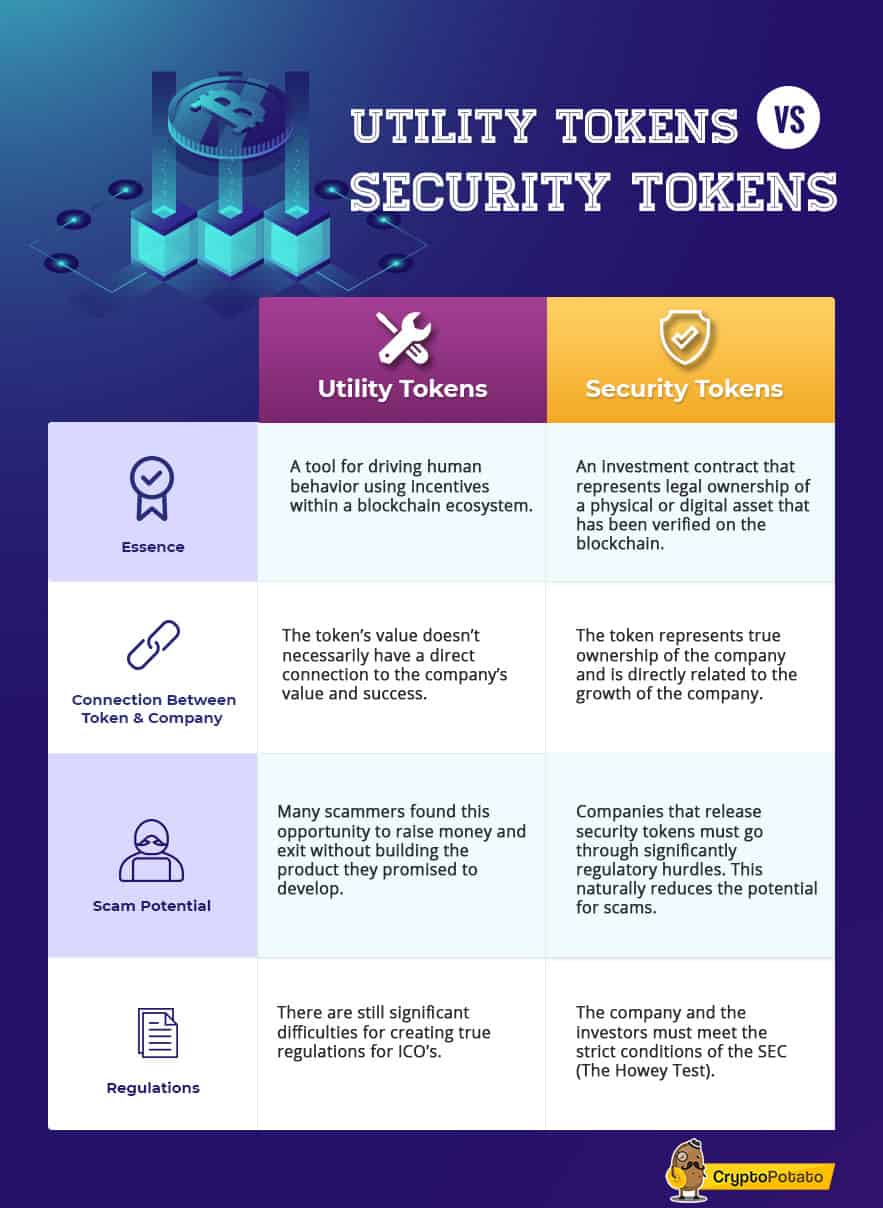
The $232 Million Raised Wasn’t About Funding
“Tezos raised more money than was needed, but it was never about need,” says Breitman. “The point of doing the foundation was not about need. It was that if you’re going to start with proof of stake, you need some initial allocation of tokens. And it was a way of doing this initial allocation, and as a side effect of that, you get to fund things like research, universities, open-source software. You’re raising as a side effect of the allocation, but it was never about funding, and that’s the thing people aren’t getting. So, they’re like, ‘Okay, well then it should be capped.’ But if Tezos’s token sale had been capped, we would have ended up with five people with high-speed computers getting all the tokens.
Not a Fan of ICOs
“I personally am not a fan of ICOs at all. I think that there are very few ICOs which have made any sense at all.” That’s quite surprising to hear from the man behind the biggest ICO of 2017.
“ICOs are like, ‘I’m going to launch this company, and then this token will be the money that we will use on this platform.’ That was a pitch in a zillion cases, and it doesn’t make sense. You don’t want money for X, and money for Y, and money for Z. You want your only form of payment to be as wide as possible, and not just to have money for each application. So, I never bought into the app coin model.
“I think part of the backlash is that most of this product didn’t make any sense. People focus on the ICO as a structure, but it’s not really about the structure. It’s about the fact that most of these probably were stupid, to be honest.”
After creating their token, the Tezos team considered a proof-of-burn issuance model. This method of issuance was introduced way before Ethereum’s ERC-20 contracts were commonly used to raise money. “Isn’t it a bit weird to burn the money?” Breitman wonders. “What if instead of burning the money, you give it to a nonprofit foundation that can fund things like open-source software and research? If you decide that whoever burns the most coal is going to have the token, that’s fine. If you decide that somehow you must destroy money, that’s fine. But people are going to have to donate to a nonprofit foundation that’s going to fund research or software.”
On Cryptocurrencies and Adoption
On the matter of why cryptocurrencies aren’t yet seeing mass adoption, Breitman says, “I don’t think it solves the problem for most people. I think it solves the critical problem for some people, but right now it doesn’t solve a problem for most people.
“The back ends are fairly well developed. Right now, it’s the rest of the stacks that are lacking. So, for example, if you’re looking at stuff like the security tokens, the hard part is not so much the putting it on a blockchain, it’s about the whole legal part. It takes time for these things to develop. And once this integration with real-world institutions is more advanced, I think it’s going to be useful to more people.”
The post Exclusive: Tezos co-Founder Opines on Tokenized Securities, Future of Crypto, and Why He’s Not a Fan of ICOs appeared first on CryptoPotato.

